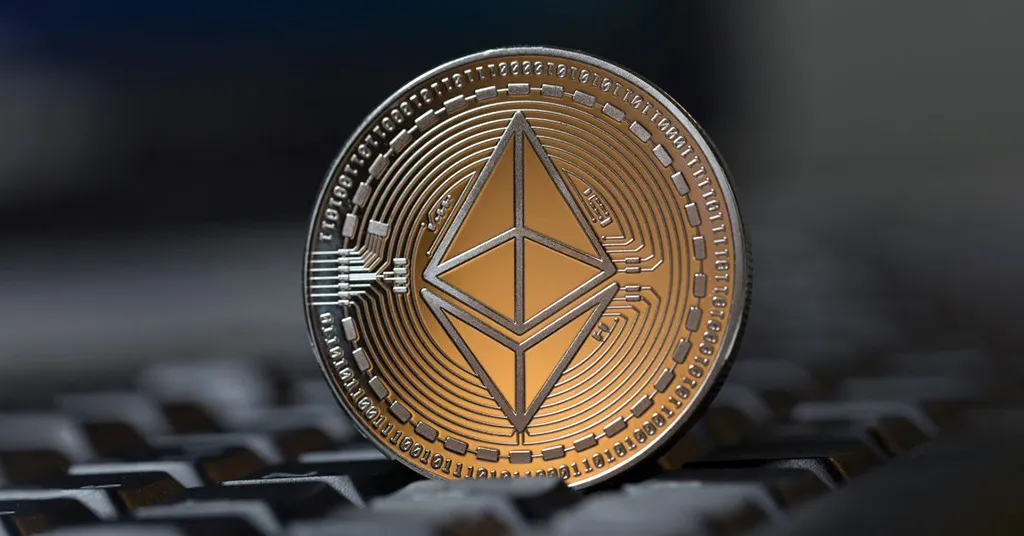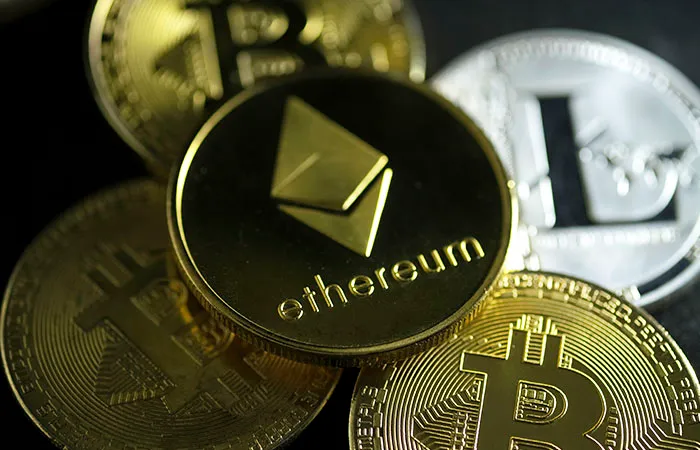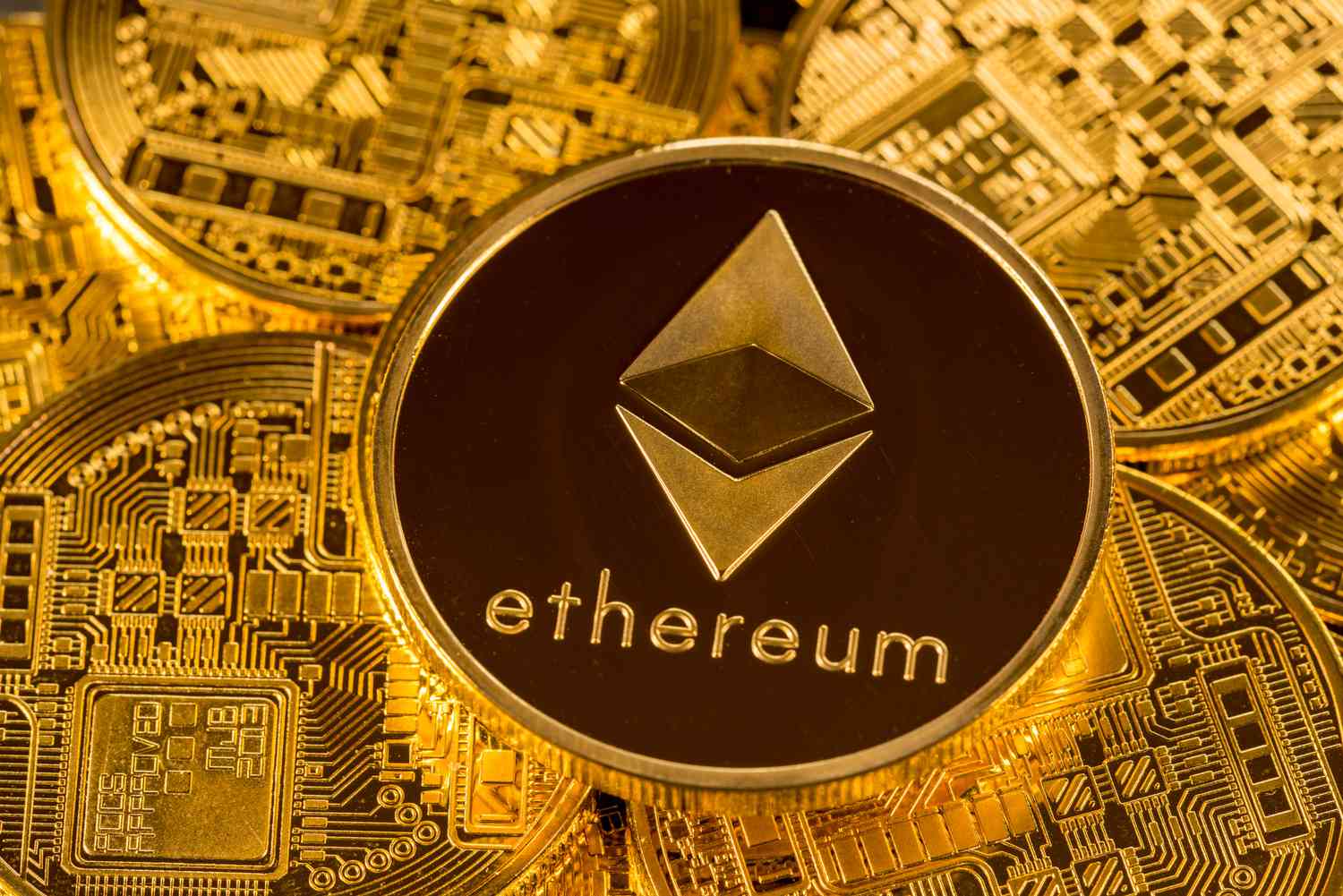The world of cryptocurrencies is evolving rapidly and offers new opportunities for investors. Among the many digital assets, the Ethereum currency holds a special place due to its functionality and wide range of possibilities. Designed as a platform for creating decentralised applications and smart contracts, this cryptocurrency attracts the attention of both beginners and experienced investors.
Purpose of the Ethereum Currency: What It Is and What It’s Used For
The Ethereum currency is a powerful tool for creating innovative solutions in the blockchain field. Unlike Bitcoin, which primarily serves as a store of value, it offers a wider range of uses.

What Is Ethereum and How Does the Currency Work?
Ethereum is a decentralised blockchain platform launched in 2015 by Russian-Canadian programmer Vitalik Buterin. The main idea is to create an environment for the development and execution of smart contracts and decentralised applications (DApps). Below are some key points:
- Smart contracts are self-executing contracts whose terms are written in code. They allow for automated and secure transactions without intermediaries. Nodes are network participants that support the operation of the Ethereum blockchain. Thanks to the distributed node system, the network remains resilient to attacks and failures.
- Transactions on the Ethereum network are paid for with ETH coins. Fees depend on the complexity of the transaction and network congestion.
- The decentralised nature of the asset ensures its independence from centralised authorities, making the network more secure and reliable.
Application Areas:
- Decentralised Finance (DeFi): The platform supports the creation of decentralised exchanges, credit services, and insurance platforms.
- Gaming and NFT Platforms: Ethereum is the primary network for issuing NFTS and blockchain games.
- Asset Tokenization: The ability to create tokens tied to real-world assets, such as real estate or stocks.
Ethereum Price and Rate: What Affects the Value of the Currency?
 The value of an asset constantly changes under the influence of many factors. To make an informed investment decision, it’s important to understand what events and trends drive the price of ETH.
The value of an asset constantly changes under the influence of many factors. To make an informed investment decision, it’s important to understand what events and trends drive the price of ETH.
Influential factors:
- Popularity of smart contracts and DApps: Demand for the platform is growing alongside the number of decentralized applications. The more projects that use Ethereum, the higher the value of the ETH coin.
- Network upgrades: The transition to Ethereum 2.0 and the introduction of scaling solutions like sharding increase throughput and reduce fees, attracting new users.
- Competition with other blockchains: Projects like Solana, Cardano, and Polkadot offer alternative platforms for smart contracts. The success or failure of these projects affects the asset’s position.
- Institutional investments: Large companies and funds are increasingly turning to ETH as an asset for portfolio diversification, which supports its price.
- Transaction volume and network activity: High platform usage increases the demand for ETH to pay fees.
Forecasts for 2024
Analysts predict that the Ethereum price could reach $4,000–$5,000 by the end of 2024. Growing interest in DeFi, NFTs, and Ethereum network upgrades contribute to these positive forecasts. Like any investment, these investments involve risks, and it’s important to consider all the factors that affect the rate.
How to Invest in Ethereum: Methods and Strategies
Investments can be simple or complex, depending on the chosen approach and the investor’s level of preparation. Let’s look at the main investment methods and effective strategies.
Purchase Methods:
- Cryptocurrency exchanges: Binance, Coinbase, and Kraken offer the ability to purchase ETH with fiat money and other cryptocurrencies.
- P2P platforms: These allow you to exchange ETH directly with other users, bypassing intermediaries.
- Cryptocurrency ATMs: Machines that allow you to buy coins for cash. This method is convenient for those who prefer offline transactions.
Investment Strategies:
- Long-Term Investing (HODL): Buying an asset with the expectation that its value will increase over several years. This tool has good prospects due to the active development and implementation of new technologies.
- Short-Term Trading: Using exchange rate volatility to make regular transactions. It includes market analysis and news to determine good buying and selling times.
- Staking: The ability to earn passive income by participating in transaction confirmations on the Ethereum 2.0 network. It is a more environmentally friendly alternative to mining.
- Diversification: Investing in multiple cryptocurrencies to minimize risk.
How to Store Ethereum: Reliable Methods
Once you buy ETH, you’ll need to choose a storage method that ensures maximum security for your funds.
Hardware Wallets
Ledger and Trezor provide secure storage for Bitcoin and ETH. Advantages:
- Offline storage protects against hacker attacks.
- Support for multiple cryptocurrencies.
- Ability to restore access via backups.
Software Wallets
Popular devices like MetaMask and Trust Wallet offer convenience and integration with DApps. Special Features:
- Convenient interface for working with decentralized applications.
- Support for mobile and desktop versions.
- Ability to exchange and send ETH in a few clicks.
Ethereum for Beginners: The Basics
Many beginners wonder: what is Ethereum and how to get started with the currency. Here are the key points to help you understand:

- ETH is not only a cryptocurrency but also a tool for working with blockchain.
- Smart contracts allow you to automate transactions and create trusted applications.
- You can start investing with a small amount by purchasing an asset on cryptocurrency exchanges or through a P2P exchange.
Conclusion
 The Ethereum currency opens up vast opportunities for investors. From smart contracts to decentralized finance, ETH remains one of the most sought-after digital assets. A thorough understanding of its purpose, factors affecting price, investment strategies, and storage methods will help you effectively utilize this cryptocurrency’s potential.
The Ethereum currency opens up vast opportunities for investors. From smart contracts to decentralized finance, ETH remains one of the most sought-after digital assets. A thorough understanding of its purpose, factors affecting price, investment strategies, and storage methods will help you effectively utilize this cryptocurrency’s potential.
 en
en  de
de  ar
ar  es
es  hi
hi  fr
fr  nl
nl  it
it  pt
pt  el
el 



